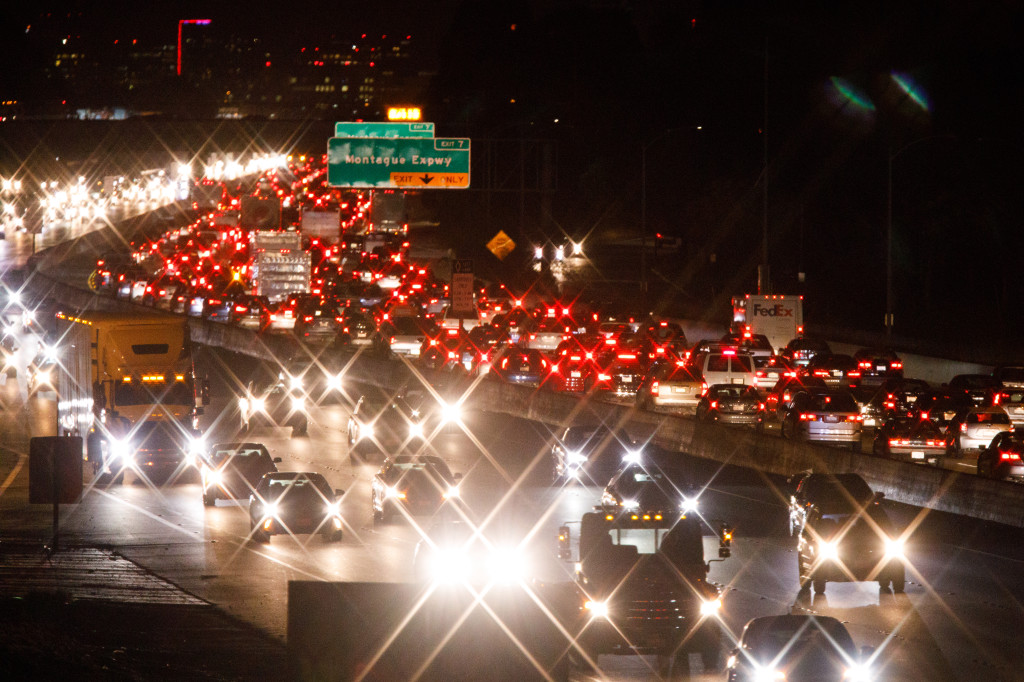For years we have been saying that Silicon Valley’s booming economy is not sustainable, given our painfully inadequate housing and transportation infrastructure. Data from a new report suggest we’ve been wrong.
The new numbers on housing and commute time from the 2019 Silicon Valley Competitiveness & Innovation Project are not surprising. The median price of a home in Silicon Valley was $1.25 million in 2017 – a reality made even starker in light of comparable figures for competitor regions like Austin ($296,000) and Seattle ($493,000). The average Valley commute is 73 minutes, more than even the legendary Southern California commute and second only to the New York City region.
What is surprising, given our past concerns, is that growth has continued unabated. Despite the strain of traffic and housing costs, tech-related jobs in the Valley increased 5 percent year-over-year in 2017, matching Austin and besting Boston, New York, Southern California and Seattle. And a survey of business leaders suggests we are primed for more: 56 percent expect to increase their employee headcount in Silicon Valley between now and 2025. Just 9 percent expect to reduce jobs in our region.
Our dilemma, then, might not be what we thought it was. It might not be an end to job growth that we should fear, but a lack of planning for that growth. And lest we think an economic downturn will solve our housing and traffic woes: Even the dot.com bust and the Great Recession only briefly interrupted the upward trajectories of our commutes and home prices.
So it’s time to get to work. Fortunately, it’s a lot easier to deal with housing and transportation woes when the economy is strong: Tax coffers are healthy, and housing developers are on the lookout for new projects. But we also know that money will do little in the absence of innovative ideas and political will.
The ideas are there. We know that increasing housing supply moderates home prices. We know that building dense housing around transit and near jobs reduces commutes and greenhouse gas emissions, and makes the lives of the people who live and work there a whole lot better. State Senate Housing Committee Chair Scott Wiener’s SB 50 represents a great move in this direction.
We know that our local jurisdictions should retain control over how housing is built, but should be held accountable for building the homes we need. If a housing proposal meets a city’s established planning and design standards, that housing should be built. Last year, Wiener’s SB 35 streamlined local government housing approval for proposals that meet established standards and include a substantial amount of affordable housing. It was an important step forward.
We know that the California Environmental Quality Act, or CEQA, is too often used to undermine environmentally sustainable housing. The governor made clear in his budget message that we need a CEQA truer to its mission.
We know that Caltrain is critical to our regional transportation infrastructure. A regional ballot measure that establishes a permanent source of funding for Caltrain will help increase daily weekday ridership from 65,000 to 240,000, improving the experience of transit riders and car commuters creeping along Highway 101 alike.
Our economic growth might be sustainable in a narrow sense: It might indeed continue into the future. But true regional vitality requires political leadership. We know the solutions. Shame on us if we fail to make them happen.
Brian Brennan is senior vice president with the Silicon Valley Leadership Group.










